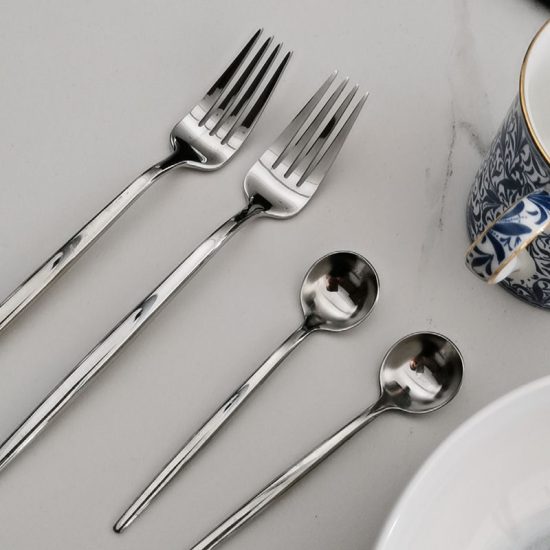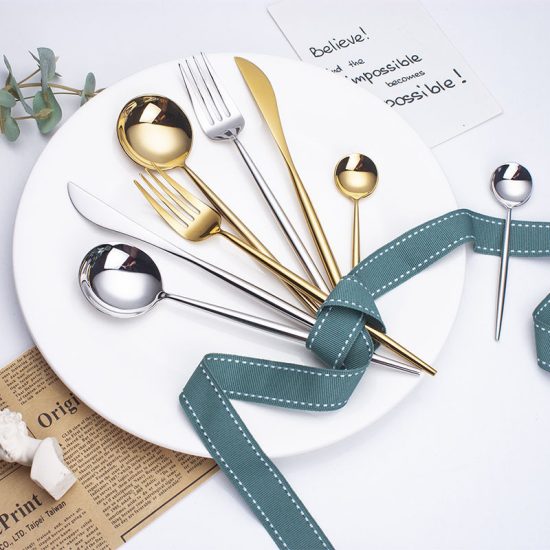The psychology of tableware explores the influence that various aspects of tableware, such as colors, shapes, and designs, can have on our perception, mood, and overall dining experience. Here are some key factors to consider:
- Colors:
- Color can evoke specific emotions and affect our appetite. Warm colors like red and orange are believed to stimulate appetite and create a sense of energy and excitement. Cooler colors like blue and green are often associated with calmness and can have a soothing effect.
- Different cultures may associate certain colors with specific meanings or symbolism, so it’s important to consider cultural influences when selecting tableware colors.
- Shapes and Patterns:
- The shape and pattern of tableware can influence our perception of the food served on it. Round and curved shapes are often associated with comfort, harmony, and a casual dining experience. Angular and geometric shapes can evoke a sense of modernity, sophistication, and formality.
- Patterns on tableware, such as floral, abstract, or minimalist designs, can create different moods and visual interest. Traditional patterns may convey a sense of heritage and nostalgia, while contemporary patterns can add a modern and vibrant touch.
- Texture and Material:
- The texture and material of tableware can affect our sensory experience during a meal. Smooth and polished surfaces can feel elegant and refined, while textured or rustic surfaces can create a more casual and cozy atmosphere.
- Materials like ceramic, glass, or metal can provide different tactile sensations and contribute to the overall sensory experience of dining.
- Presentation and Plating:
- The presentation and arrangement of food on tableware can influence our perception of taste and quality. Well-plated dishes on aesthetically pleasing tableware can enhance the visual appeal of the meal and create a positive anticipation of the flavors to come.
- Factors like plate size, proportion, and the use of negative space can affect how we perceive portion sizes and the overall balance of the meal.
- Cultural and Personal Associations:
- Our personal and cultural backgrounds play a significant role in our perceptions of tableware. Certain tableware styles, materials, or designs may hold special cultural significance or evoke nostalgic memories.
- Individuals may have personal preferences for specific types of tableware based on their own experiences, values, or aesthetics.
- Context and Occasion:
- The context and occasion of a meal can also impact our perception of tableware. Formal events may call for more elegant and sophisticated tableware, while casual gatherings may allow for more relaxed and playful choices.
- Tableware selection can be tailored to specific themes, seasons, or celebrations to create a cohesive and memorable dining experience.
Understanding the psychological impact of tableware allows us to make intentional choices that align with our desired dining experience, atmosphere, and the messages we want to convey through our table setting. Whether it’s creating a warm and inviting ambiance or adding a touch of elegance, tableware can significantly influence our dining experiences on both conscious and subconscious levels.


